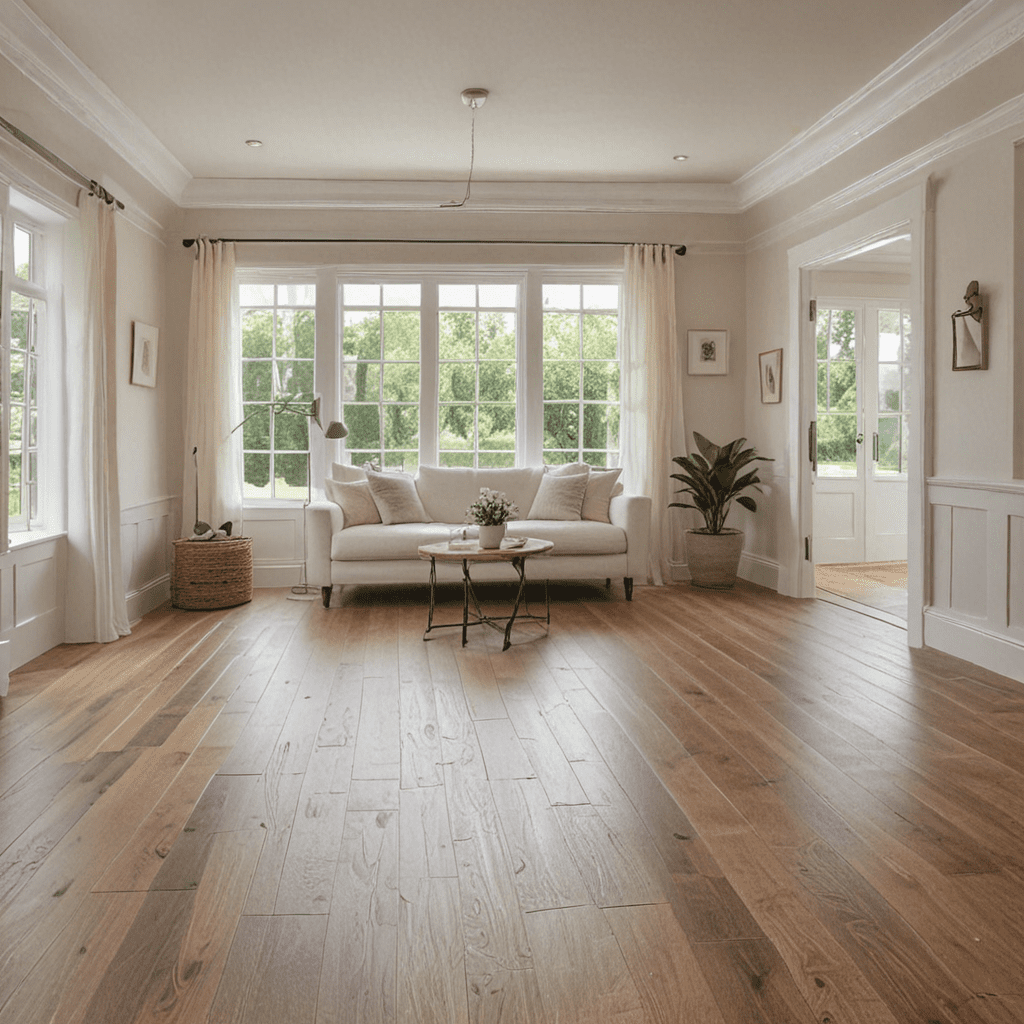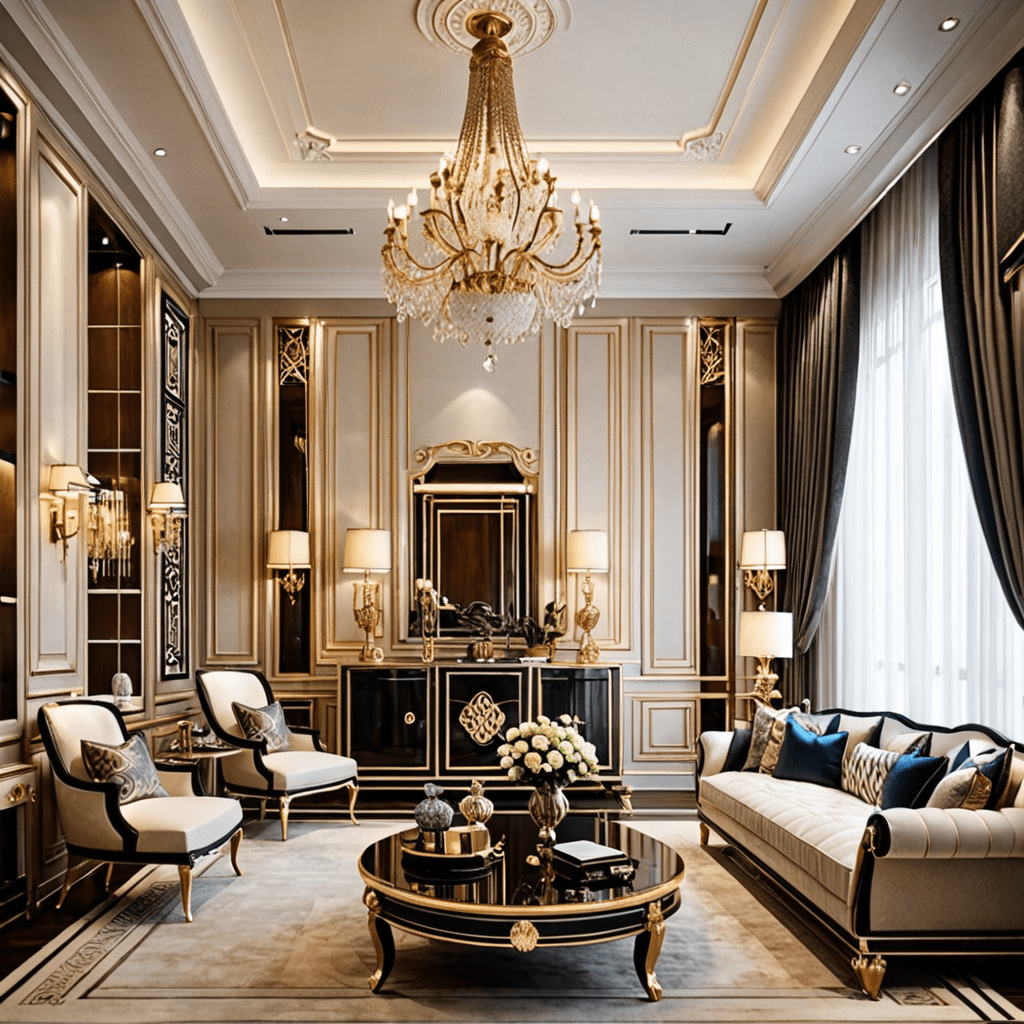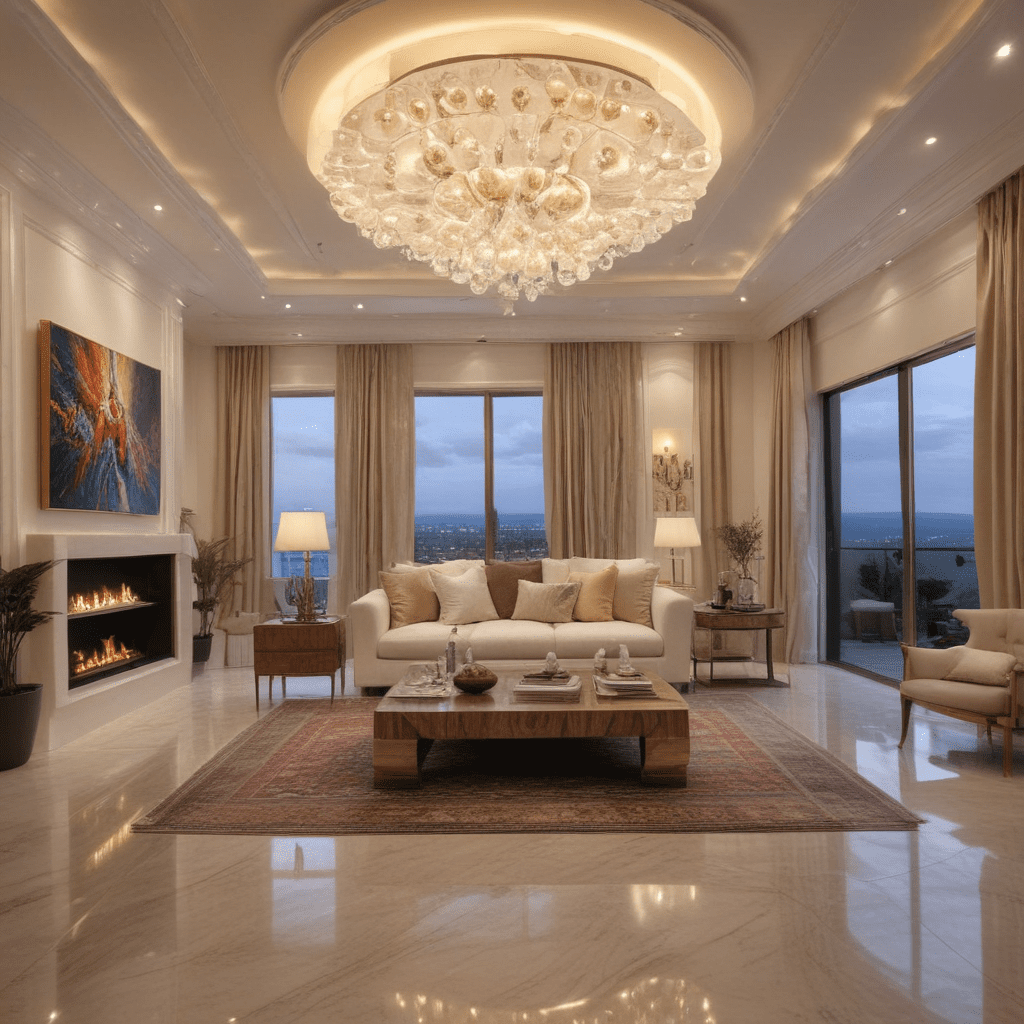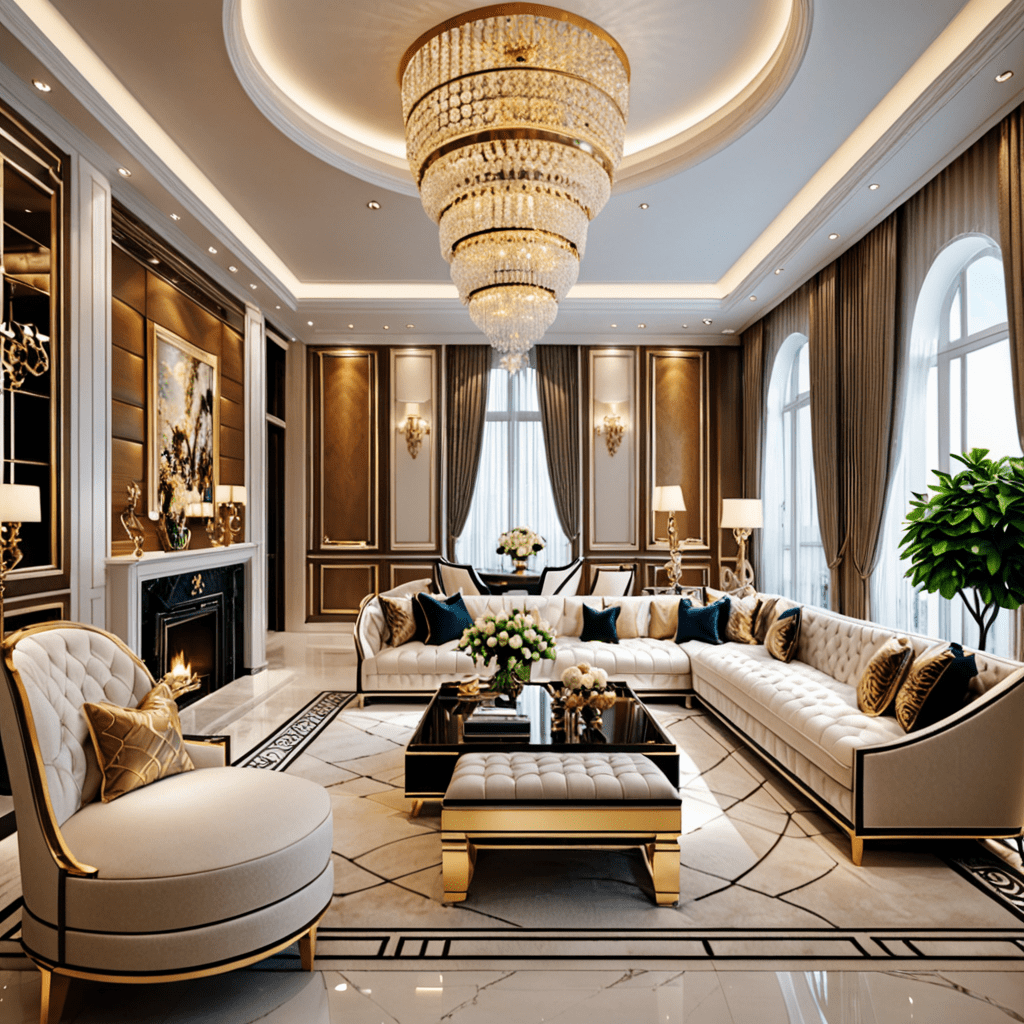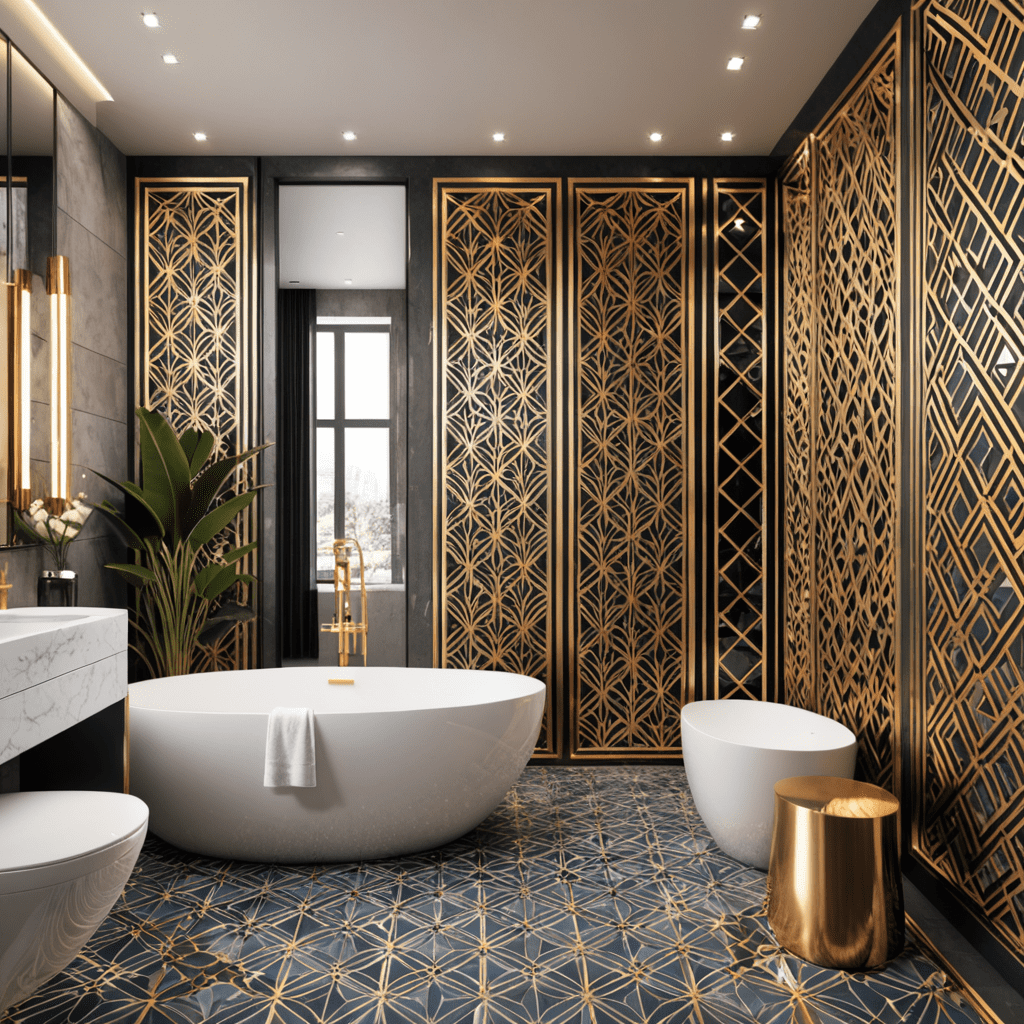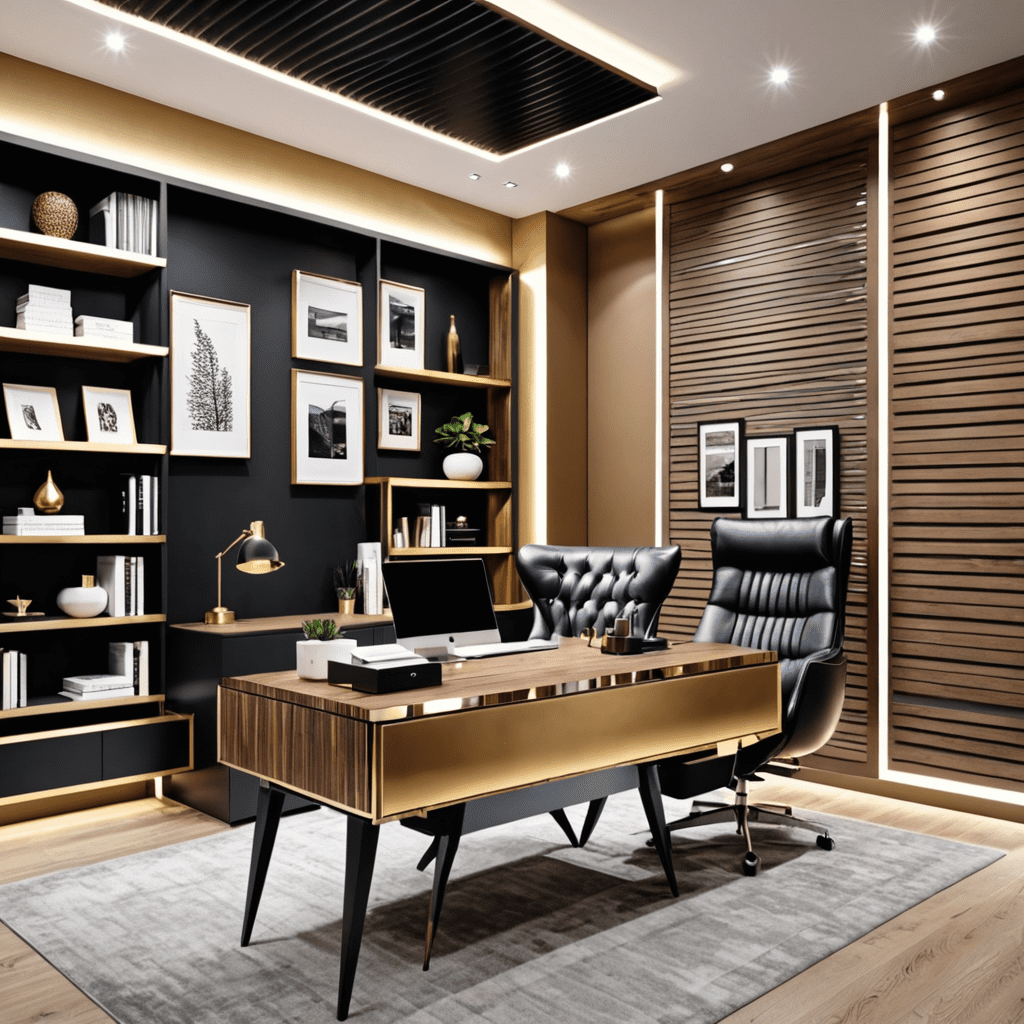11 Interior Design Proposal Tips for a Stunning Home
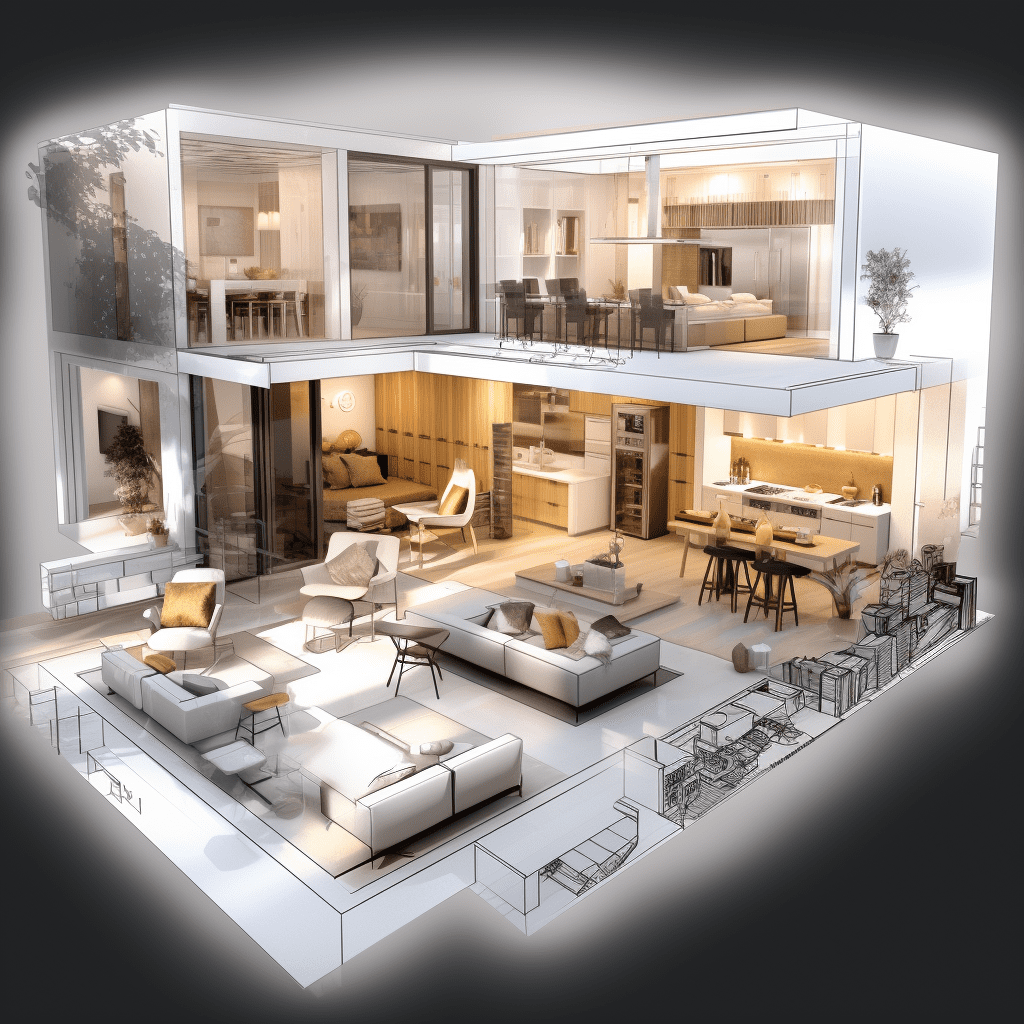

The Importance of a Well-Crafted Interior Design Proposal
When working on an interior design project, having a well-crafted proposal is essential. It serves as a roadmap for both the client and the designer, outlining the vision, scope, and details of the project. A good proposal not only ensures that everyone is on the same page but also helps to establish trust, clarity, and professionalism. In this article, we will explore the key elements of an effective interior design proposal and provide guidance on how to create one that stands out.
Understanding the Client’s Needs and Objectives
Before diving into the details of the proposal, it is crucial to thoroughly understand the client’s needs and objectives. This involves conducting a thorough initial consultation, listening attentively to the client’s vision, and taking detailed notes. By actively engaging with the client, you can gain insights that will help you tailor your proposal to their specific requirements.
Creating the Design Concept
Once you have a solid understanding of the client’s needs, it is time to start creating the design concept. This is the exciting part where you get to unleash your creativity and transform the client’s vision into a tangible plan. In the proposal, clearly articulate the design concept, including the mood, style, color palette, and overall aesthetic. Visual aids such as sketches, mood boards, or 3D renderings can be included to provide a better understanding of the proposed design.
Detailed Scope of Work and Timeline
To ensure transparency and manage client expectations, a detailed scope of work and timeline should be included in the proposal. Break down the project into specific tasks and outline the deliverables for each phase. This may include tasks such as space planning, material selection, furniture sourcing, and installation. In addition, provide a realistic timeline, highlighting key milestones and project completion dates. By clearly defining the scope of work and timeline, you can avoid misunderstandings and potential conflicts down the line.
Estimating Costs and Budgeting
One of the most critical aspects of any interior design proposal is estimating costs and budgeting. This section should outline the anticipated expenses, including professional fees, materials, furniture, accessories, and any additional costs such as subcontractors or permits. Be transparent and break down the costs item by item, providing an overview of the budget with a clear breakdown of expenses. It is crucial to align the proposed budget with the client’s financial expectations to ensure a successful partnership.
Terms and Conditions
To protect both parties and establish clear guidelines, the proposal should include a section outlining the terms and conditions of the project. This may include details such as payment terms, cancellation policy, dispute resolution, and client responsibilities. It is essential to set expectations upfront, ensuring that both the client and the designer are aware of their obligations and rights.
Frequently Asked Questions (FAQ)
Q: How long does it typically take to create an interior design proposal?
A: The time required to create a proposal can vary depending on the complexity of the project. On average, it may take a few days to a couple of weeks to gather all the necessary information, develop the concept, estimate costs, and outline the scope of work.
Q: Is it necessary to include visuals in the proposal?
A: While not mandatory, including visuals such as sketches, mood boards, or 3D renderings can significantly enhance the client’s understanding of the proposed design concept. Visuals help bring the ideas to life and showcase the designer’s vision more effectively.
Q: How often should the proposal be revised?
A: The proposal should be revised whenever there are significant changes to the project scope, timeline, or budget. It is essential to keep all parties updated and ensure that the proposal reflects the most current information and agreed-upon terms.
Q: Can I customize the interior design proposal template?
A: Yes, it is recommended to customize the proposal template to fit the specific requirements of each project. Tailoring the proposal to the client’s needs demonstrates attention to detail and professionalism.
Q: Is it possible to negotiate the terms and budget outlined in the proposal?
A: Yes, negotiation is common in the interior design industry. It is essential to maintain open communication with the client and be flexible during the negotiation process. However, it is crucial to ensure a fair and sustainable agreement for both parties.
In conclusion, a well-crafted interior design proposal plays a crucial role in establishing a successful partnership with clients. By understanding their needs, creating a detailed design concept, outlining the scope of work and budget, and setting clear terms and conditions, designers can showcase their professionalism and expertise. A carefully crafted proposal not only serves as a roadmap for the project but also helps build trust and ensure a smooth collaboration from start to finish.
